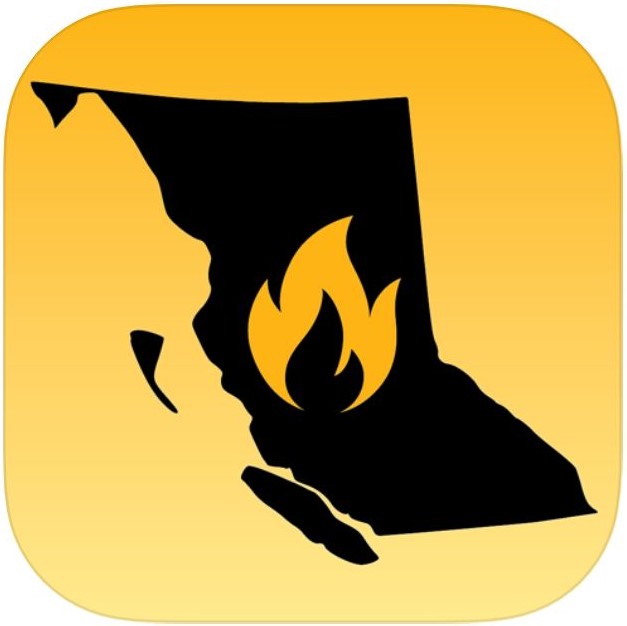There are three new fires of note within the Cariboo Fire Centre region.
They are in the Churn Creek Protected Area, North of Big Stick Lake, and the fire South of Canim Lake.
The fire in the Churn Creek Protected Area, approximately 82 kilometres southwest of Williams Lake and 74-kilometres southwest of 100 Mile House, is the largest at 700 hectares in size.
An Evacuation Alert has been issued by the Thompson-Nicola Regional District for two properties in the Bonaparte Plateau.
A fire North of Big Stick Lake is estimated at 70 hectares in size and is also active.
An Evacuation Alert has been issued by the Cariboo Regional District.
The BC Wildfire Service says there are 21 firefighters, 3 helicopters and two task force teams with heavy equipment are working on this fire to build a guard on the fire.
“One team will work throughout the day and the other will work through the night. Ground personnel will begin establishing a water delivery system to the fire.”
The fire just South of Canim Lake is now also a fire of note.
It remains at just one hectare, but an Evacuation Alert for the Canim Lake area was collaboratively issued by Cariboo Regional District and Canim Lake First Nation.
BC Wildfire Service officials completed an aerial assessment of the incident on Saturday (July 3) and say it is displaying minimal fire activity and that any growth has been upslope, away from the community.
Finally, the Southwest of Deka Lake fire, that has led to the evacuation of 693 properties in the area and has another 153 properties in the Sulphurous Lake area on alert, has grown.
It is now 300 hectares in size, up from 200 on Friday.
Today, the BC Wildfire Service personnel be conducting a controlled burn operation on this fire, with both helicopter and hand ignition.
“The goal of this operation is to remove the available fuel between the fires edge and the fuel free guard. This strategy slows down and helps limit the spread of the wildfire by decreasing the amount of fire perimeter that must be managed by BCWS staff.”
In preparation for these operations, ground personnel will continue to lay hose along the fuel free guard.
This is done to ensure that they have water available to extinguish any smoke or flame that they may see near the fuel free guard.
Increased smoke will be highly visible to surround communities.
The cause of all four of these fires of note was lightning.
Something going on in the Cariboo you think people should know about?
Send us a news tip by emailing [email protected].








